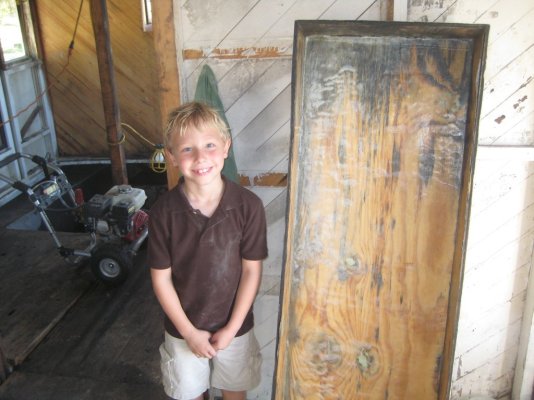7tiger7
Senior Member
- Joined
- Jan 16, 2011
- Messages
- 239
Hi Everyone,
My boat has 3 bilge pumps. I'm thinking of changing them out - they appear to be original to the boat (1984), and putting larger pumps in.
I'm thinking of putting in three pumps, each 2,000 gph. But, thinking of going larger perhaps, but worried of going TOO large. Is there such a thing as TOO large a bilge pump, if I can fit it in the bilge? I don't want to upgrade hoses though - prefer to keep the current hoses - so that may limit my pump size.
Any preference on Jabsco or RULE? I have had VERY bad luck with the new "smart" RULE pumps...*
I prefer the old fashioned float switches.
My boat has 3 bilge pumps. I'm thinking of changing them out - they appear to be original to the boat (1984), and putting larger pumps in.
I'm thinking of putting in three pumps, each 2,000 gph. But, thinking of going larger perhaps, but worried of going TOO large. Is there such a thing as TOO large a bilge pump, if I can fit it in the bilge? I don't want to upgrade hoses though - prefer to keep the current hoses - so that may limit my pump size.
Any preference on Jabsco or RULE? I have had VERY bad luck with the new "smart" RULE pumps...*
I prefer the old fashioned float switches.

